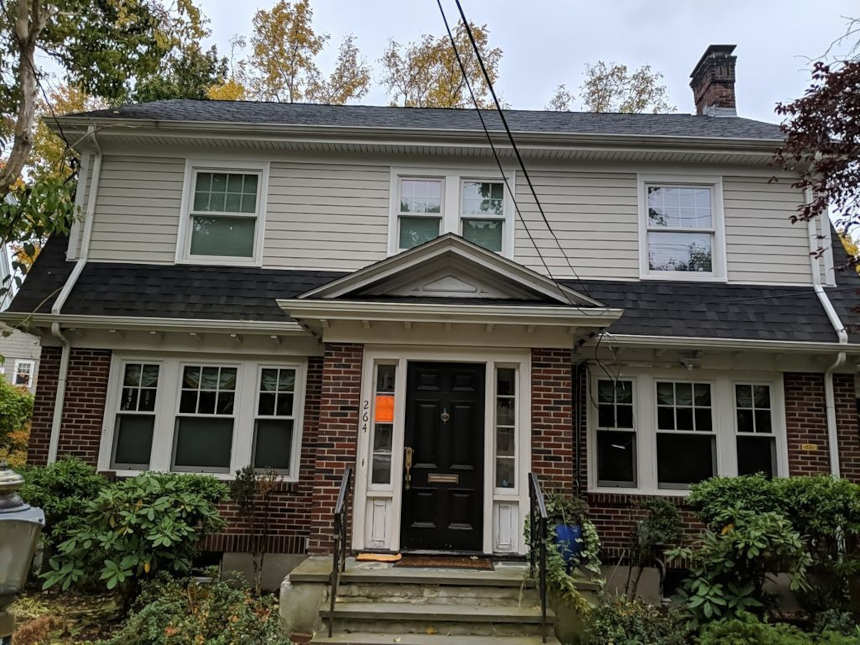7 Signs That Indicate You Should Replace The
On Your Greater Boston Area Home
Wondering If Your Siding Is Due For A Change?
If You See Any Of These Warning Signs, The Answer is Yes
The siding of your Boston Area home really adds to the curb appeal of any home, but as with most good things, it does have a limited life span. Solid State Construction has come up with this list of seven crucial signs to help you understand when it’s time to replace the siding on your Greater Boston area home.
1. Warped, Cracked, Or Rotting Siding
The number one indication that your vinyl siding in Newton is damaged beyond repair are signs of warping, cracking, or rotting. The tiniest cracks can point to large problems that need to be dealt with. If the layer beneath the siding gives way when you touch it or if you find more rot beneath the warped or cracked portions of your siding, you’ll need a professional.
If water gets under the siding, it can cause the growth of fungus, which in turn causes dry rot. Once rot sets in, it can spread to the siding. Rotten siding is easy to detect and can be pulled apart or crumble easily. Check areas that are prone to leaking, including gutters that tend to clog.
2. Moisture Inside Your House
If moisture is getting in your siding in Somerville, MA, it may get all the way inside your home. This can result in peeling paint or wallpaper, meaning that moisture has gotten into your drywall. What’s worse is that this could mean you even have mold growing in your walls.
3. Blistered Or Bubbled Siding
Blisters and bubbles indicate that you have a serious problem because water is trapped inside your siding. Your siding is supposed to prevent water from getting into your home, so this is your first major sign that it is no longer functioning like it’s supposed to.
4. Fungus, Mold, Or Mildew On Your Siding
While the formation of fungus, mold, or mildew may end up being harmless, it can be a huge cause for alarm. Mold tends to grow in areas of moisture, so if you see these substances around the seams, you should investigate further. This could be a sign of moisture getting into your siding.
5. Extremely Faded Siding
When your siding becomes faded, it’s a sign that your weatherstripping is failing. While this isn’t catastrophic, it is something that needs attention before more serious problems occur. It’s a great time to consider upgrading your siding.
6. Frequently Needing To Paint Your Siding
On average, your home should only need to be painted once every 8 – 10 years. When you find yourself repainting more often than that, like every 3 – 6 years, it may not be your paint that’s causing the problem. Peeling and chipping paint is a very strong sign that your home’s siding needs to be replaced.
7. Increasing Energy Bills
When your siding has met its end, it stops protecting your home as well as it used to. This can lead to increased energy bills as the siding no longer insulates your home as well as it used to. After ruling out all other potential causes, it may be time to upgrade your home.
Ready To Upgrade Your Siding? Don’t Let Just Anyone
Do The Job, Call The Experts!
When your siding is letting you down, and your home is getting wet on the inside, it’s time for a replacement. This job isn’t for just anyone; you need the best siding contractor in the Greater Boston area! Here at Solid State Construction, we aren’t just contractors, we love remodeling, and that makes all the difference.
We offer all the major types of siding, including James Hardie Fiber Cement siding, which is the best brand offered in our area. When you’re ready to redo the exterior of your home, you want the experts with nearly 5-star ratings across all the major review sites.
Call us today at (508) 841-3373 or contact us for your free virtual or in-home consultation.
We service the Greater Boston area and its surroundings.


